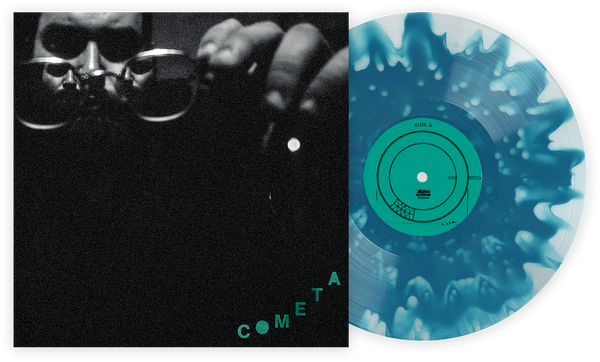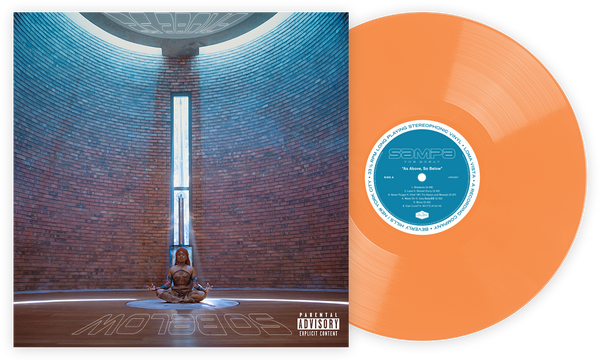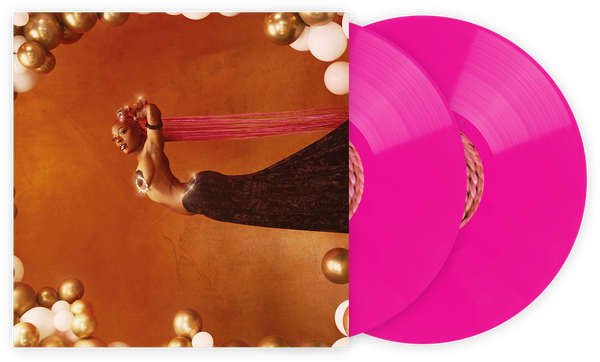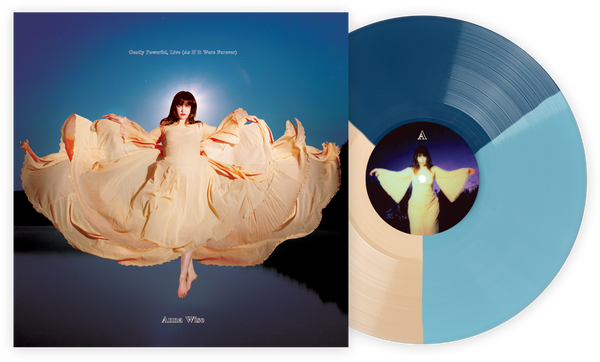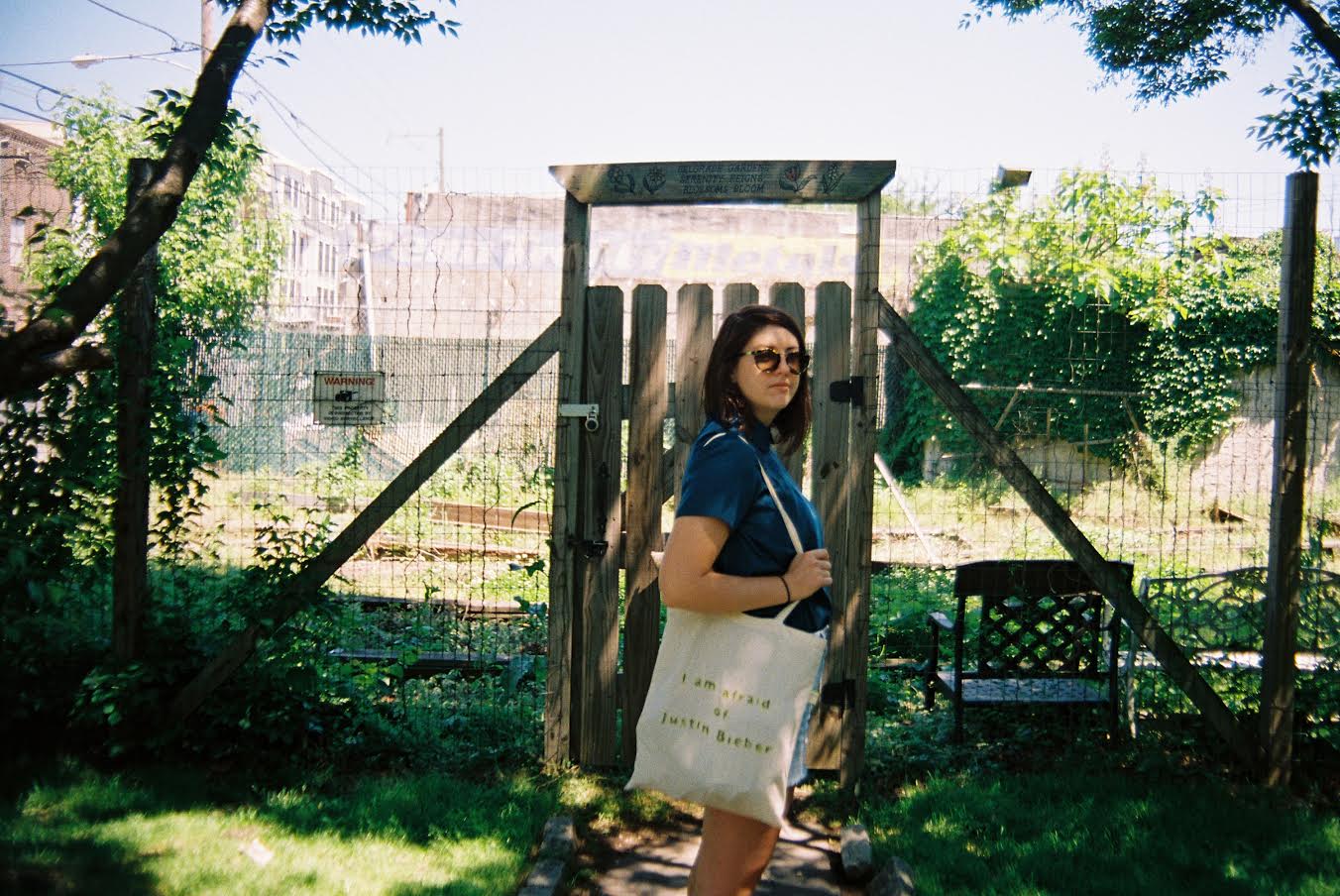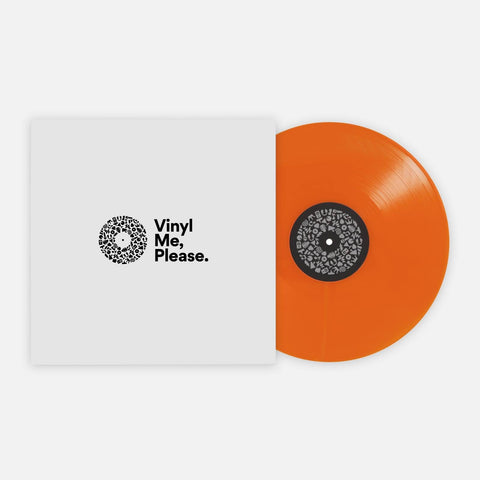Matt Scottoline has been thinking about the flow of his next album. His band, Hurry, is in the final stages of completing their upcoming full-length and he’s got an album opener in mind. It’s six minutes long.
“My instinct is to make that the opening track,” Scottoline says, “but the pragmatic side is saying don’t start with a six-minute, slow-burn song because people are going to be bored.”
He hasn’t consciously thought about frontloading the record, but he hasn’t not thought about it, either. Since it’s so easy to discover music via streaming services, Scottoline says, there’s the urge to begin the album with something hooky to help usher casual listeners into the rest of the collection and, hopefully, discography.
According to Nielsen, digital audio streaming accounted for 38 percent of total audio consumption in 2016, the most common method for which music listeners get their goods. Vinyl sales, on the other hand, increased for the 11th consecutive year and accounted for 11 percent of total physical album sales in 2016. While both mediums have experienced growth, the overall musical experience and feeling conveyed by either channel varies.
Streaming caters to impulsivity, instant gratification and variety through playlist creation, artist and track searchability and a vast library of on-demand music choices. Vinyl listening, though, is best suited to taking in an album in its entirety, a time-dedicated experience.
As the markets for music consumption shift, the ways entire albums reach ears and the appreciation for sequencing has thus changed. Who has time to listen to whole records when Spotify provides “popular” tracks for each artist anyway? But are listeners getting the album’s full story?
Wil Sharkey is a playlist guy. If he, a college senior, knows he likes the song, he’ll file it into a playlist full of tracks from a variety of artists. Sometimes, if he realizes he’s listened to a few songs by the same artist, he’ll go through the act’s popular Spotify tracks.
“I should give their other songs a chance but I know I like certain songs by them. I like to listen to the songs I like the most from other artists,” Sharkey says. “So why would I waste my time?”
It’s all about context, according to Mike Garrido. As both the guitarist in the Austin-based Leather Girls and an avid collector and listener of vinyl, he believes the sequence of a record tells a story the listener doesn’t get when plowing through Spotify top tracks. Taking the time to revel in a full body of work is like going to a nice restaurant, he says.
“You don’t want to listen to track three of Sgt. Pepper,” Garrido says. “I don’t even know what the fuck it is. It’s meant to be listened to all as one unit.”
The trouble is keeping listeners’ attention for any length of time. With streaming’s endless options and curated playlists, why spend 45 minutes struggling through a new album you don’t like, even by a familiar artist? Daniel Gallen, a journalist, has no qualms about stopping halfway through an album if he’s bored. Lindsay Giglio, an administrative receptionist, will also pass over slow tracks at the end of albums, but is just as likely to power through.
“Unless I really dislike a song, I won't typically skip the order because the artist chose to put the songs in a specific order for a reason. So why mess up what they think works?” Giglio says.
One of her favorite new albums is The Maine’s Lovely Little Lonely, which features a number of instrumental interludes that propel the album. Similarly, San Fermin’s 2013 self-titled debut moves elegantly with orchestral breaks throughout. Solange’s acclaimed A Seat At The Table is marked by eight narrated and theatrical interludes that bleed seamlessly into the album’s overall soundscape. The album’s arrangement is crucial in these cases, without which it would be a jumbled mix of narrative elements.
This doesn’t faze Sharkey. He thinks the art of album sequencing is dead. The songs that resonate most with fans may be the ones they organically stumble upon on their own through Spotify’s Discover playlists or on shuffle. Those like Giglio maintain their dedicated front-to-back listening to favorite albums (hers is Hanson’s Middle Of Nowhere), which is largely rooted in nostalgia and the medium on which the album was initially released: CD or cassette.
To appease more single-saturated listening habits, Scottoline isn’t opposed to frontloading an album. The chances of enticing a casual listener with a strong first offering are greater than appeasing a dedicated listener base, who will spend time with the album regardless, with a more artistic sequencing.
“People’s first experience with you isn’t tied to the way you sequenced it,” he says.
Garrido and the other musicians he knows hold onto the dream of releasing an album as a full thought to evoke a certain feeling. Much like the Beastie Boys’ Paul’s Boutique, a record that he describes as a “journey”; it’s the whole package that left a lasting impression.
“When you think about the music that’s special to you over the years,” Garrido says, “More often than not, you're thinking of a full album.”
Allie Volpe is a writer based in Philadelphia who shares a birthday with Beyonce. She enjoys sad music, desserts and long distance running.
Join the Club!
Join Now, Starting at $36Pages

